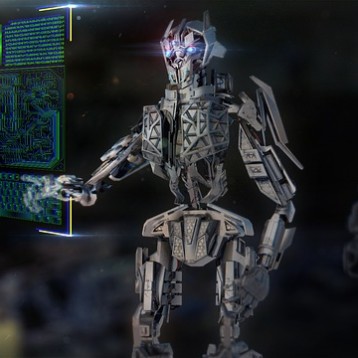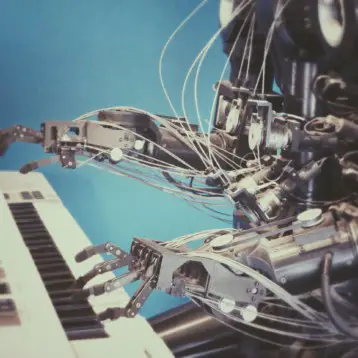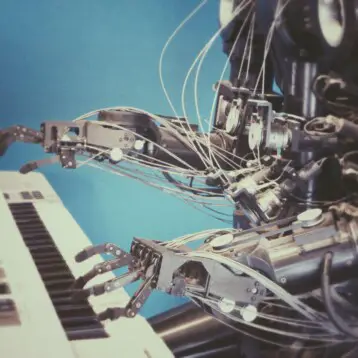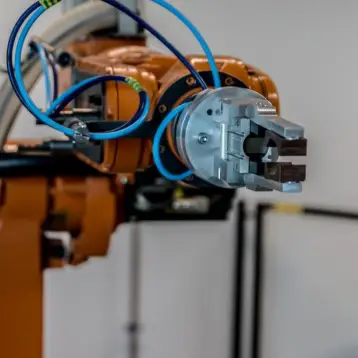The robotic arm, dubbed RAPHaEL (Robotic Air Powered Hand with Elastic Ligaments), is powered by a compressor air tank at 60psi and a novel accordion type tube actuator. The motion of the fingers is operated using microcontroller commands, which are used to coordinate movement as well.
Different levels of air pressure trigger different grips – low pressure is used for a lighter grip, while higher pressure allows for a sturdier grip. In addition, the compliance of compressed air aids in grasping as the fingers can naturally follow the contour of the grasped object.
“This air-powered design is what makes the hand unique, as it does not require the use of any motors or other actuators,” said Dennis Hong, RoMeLa director and the faculty adviser on the project. “The grasping force and compliance can be easily adjusted by simply changing the air pressure.”
RAPHaEL is part of a larger project taking place at RoMeLa, which aims to develop the humanoid robot known as CHARLI (Cognitive Humanoid Robot with Learning Intelligence) – the first full-sized bipedal walking humanoid robot that is to be built entirely in the United States. Although the first prototype hand was not actually connected to the robot, this one is planned to be installed in CHARLI. If all goes according to plan, this latest model will give CHARLI the ability to pick up objects just like a human being. A demonstration of the new robotic hand in action could be seen in this video.
RoMeLa’s inventors, of Virginia Tech’s Department of Mechanical Engineering, believe there is great market potential for the robotic hand. According to Hong, in addition to the aforementioned advantages, RAPHaEL’s low cost, safety features and simplicity make it especially beneficial. The concept has already earned RoMeLa the first place in a recent 2008-2009 Compressed Air and Gas Institute’s (CAGI) Innovation contest. In fact, it is the second year in a row that RoMeLa wins first place in the CAGI competition. A judge on the panel was quoted saying, “It is a cutting edge concept, and the engineering was no less than brilliant.”
TFOT has previously covered Airic’s Arm, a novel mechanical arm created using advanced techniques in automated movement, and the Kuka HA 60-3 Automatic Super Arm, which is capable of multitasking as well as learning new actions. Other related TFOT stories include the development of a new partial knee replacement system incorporating a robotic arm and 3D imaging, and an extensive article about mind- controlled bionic limbs, a futuristic concept now turned into real technology.
For more information about RAPHaEL, see Virgina Tech’s press release.










